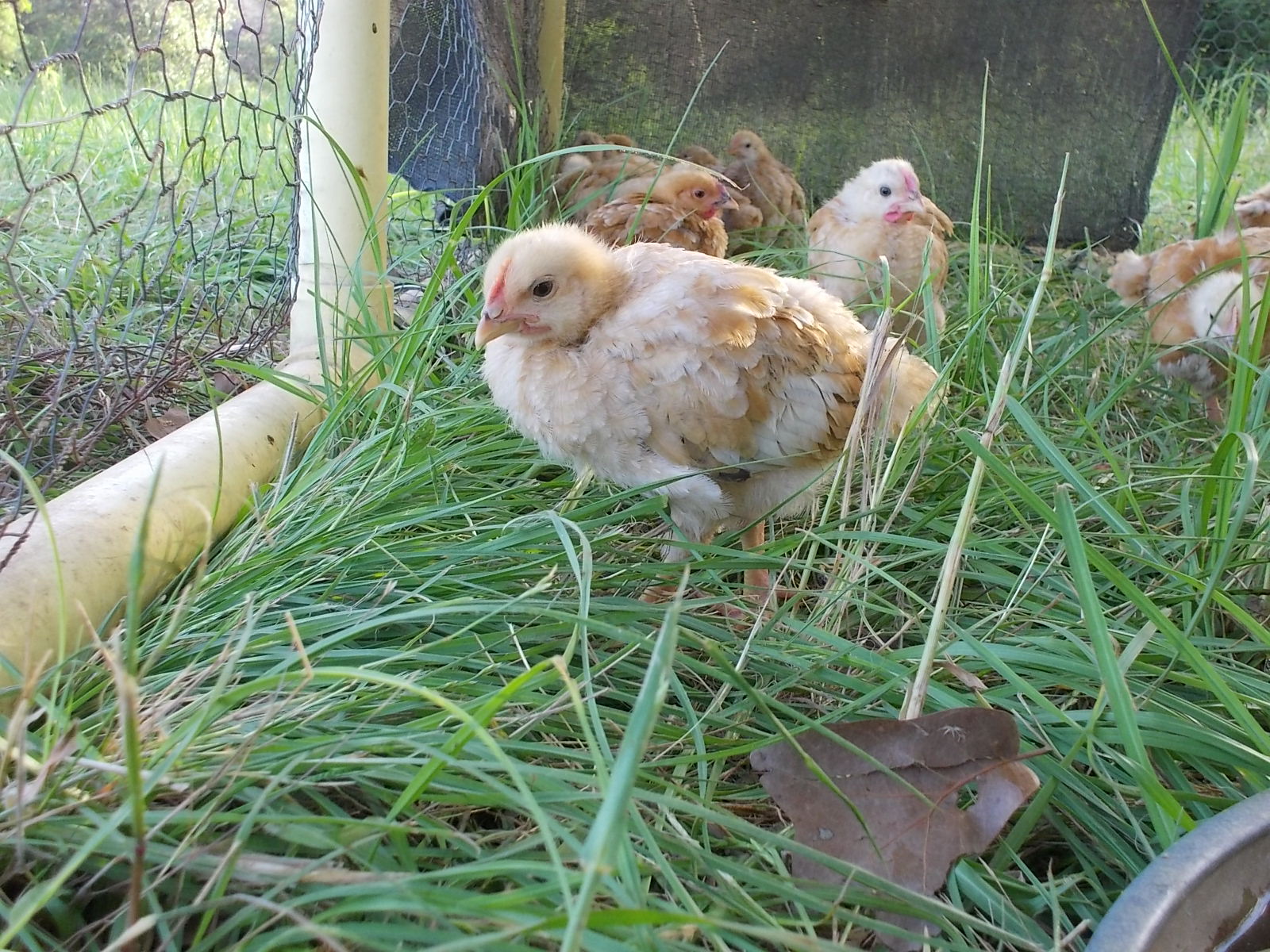Last summer I had a chance to spend more time at the Premacutlre Institute just outside of Santa Fe. Scott and Arina Pittman are the main founders there. You may remember recall that Scott didn’t like how money worked, so he started his own credit union with values and ethics more in alignment with Scott’s world view. Here is that interview if you missed it… http://growyourowngroceries.org/video-if-you-dont-like-how-money-works-you-gotta-see-this/
Now that is what I call spunk!
But back to food production. As I visit all these farms, homesteads, and permaculture sites I see a recurring theme. And this is really delightful because it is confirmation that we are all on the right track.
You can very roughly divide all of food production into three big categories;
annuals (most often gardens, but weeds and other stuff)
livestock (chickens, rabbits, fish, goats…)
perennials (orchards, food forest, edible landscaping)
We each have our favorites, yes?
And some people, especially the permies, tend to only focus on livestock and perennials. Now before you go jumping up and down with exceptions – yes, I am making a gross generalization here.
And in all fairness, the permies are correct in that livestock and perennials are much easier systems to produce food with. Animals and perennials are certainly my two favorites.
Over at the Permaculture Institute, Scott and Arina primarily focused on livestock and this beautiful food forest they’ve grown. They sort of glossed over annual gardens.
Until this happened…. (And I hope the lesson comes across well enough in this interview). Check out this video with Arina (and don’t you lovew that Russian accent?).
Here is a link to the Permaculture Institutes website – surf on over – they have a lot of great info!
http://www.permaculture.org/
So what is the best? Diversity and having all three is best.
Catch you on another video.
Marjory
Marjory Wildcraft is an Expedition Leader and Bioneer Blogger with The [Grow] Network, which is an online community that recognizes the wisdom of “homegrown food on every table.” Marjory has been featured as an expert on sustainable living by National Geographic, she is a speaker at Mother Earth News fairs, and is a returning guest on Coast to Coast AM. She is an author of several books, but is best known for her “Grow Your Own Groceries” video series, which is used by more than 300,000 homesteaders, survivalists, universities, and missionary organizations around the world.










COMMENTS(4)
It’s a bit like asking which tire on your car is most important. They each have their good points and bad points. Trees usually don’t move so you know where they are, they are a long term food source but not every year, and they can’t be taken with you if you have to move. Gardens take more work but as most plants are annuals only current growing season is a problem if you need to move and most garden perennials can be transplanted. Gardens also have problems with being eaten by animals that are less of a problem in orchards. Animals are mobile which is both good and bad. You have to keep track of them, keep them out of garden, they are also food for predators but, they can move with you.
Other problems are fire, flooding, looters, etc. Your local weather often affects what you need to do. Also what you are able to do may limit your choices.
Great video. I’ve been meaning to watch it for about a day now but I thought I was too busy. When I finally sat down I noticed it was only five minutes. Love how so much useful information was packed into such a short video. Thanks again for all you do.
Just wanted to say thank you. We saw your last gardening videos and we enjoyed them very much. We learned a lot and we’re looking forward to more in the future.
This is a great question, Marjory. My primary interest is in Permaculture & Food Forests. However, I can certainly see the wisdom in following the 3-legged Stool approach to food production. You never know when you need to rely more on the other methods if even one of them falls through for any reason.